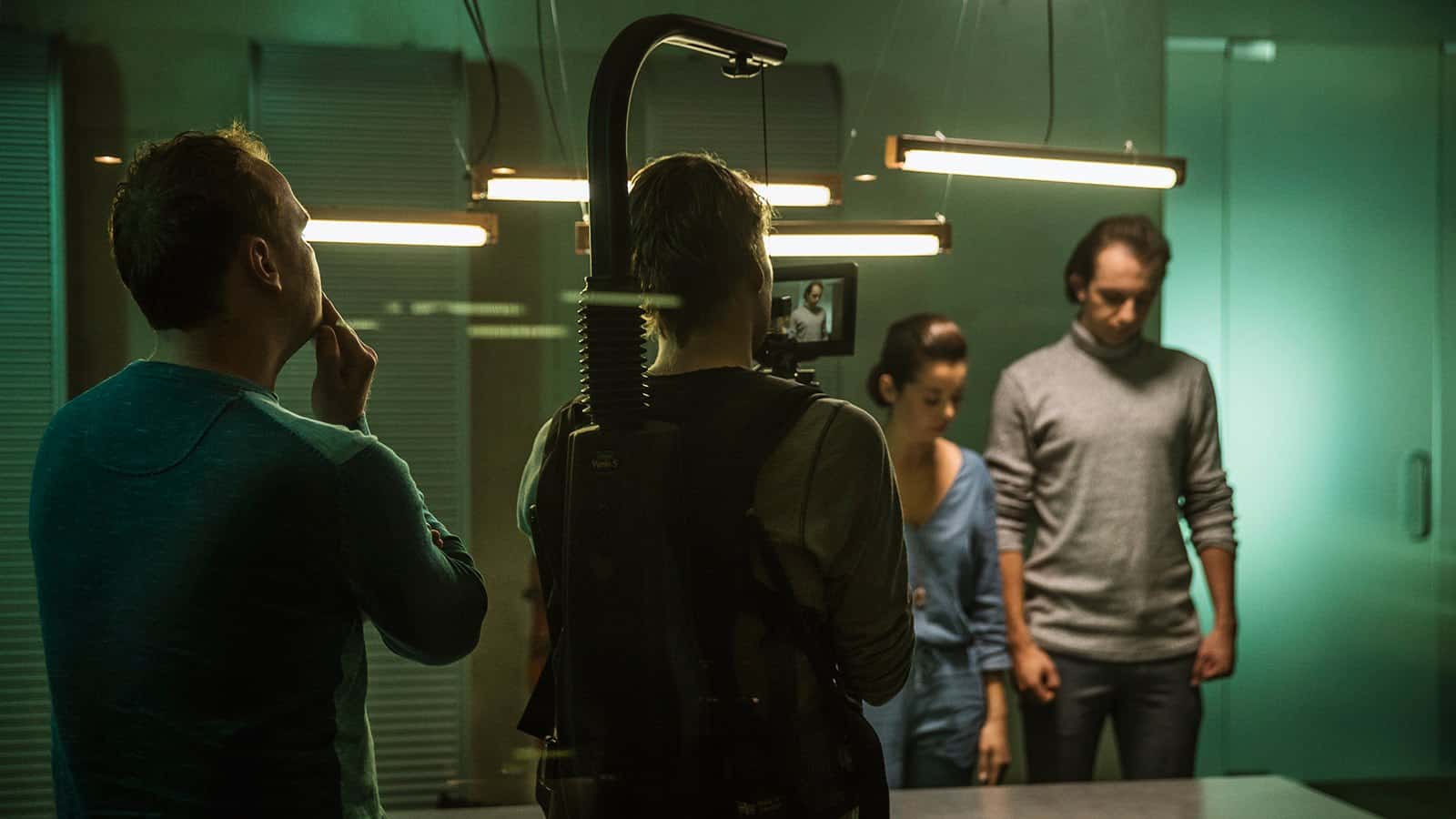When did you decide that you wanted to pursue a career as an art director and how did you go about making it a reality?
I started off in the music business and when that dynamic changed I was able to pivot to production.
Is there a specific film that sparked your interest in the industry?
Not particularly. My mother had a strong appreciation for film and that started it all, and I also grew up in Baton Rouge, La. where Steven Soderbergh lived as a young man and made several films.
How do you choose your projects?
They often choose me actually. It really depends on what production designer calls me. I have a network of 8-10 I work with regularly.
What does your day-to-day consist of?
Scouts, meetings, emails, planning, modelling. Then visiting the construction mill and paint shop.
You have an extensive list of notable credits as an art director, such as Pitch Perfect, Keeping Up with the Joneses and Hidden Figures. Was there something in particular that drew you to any of these projects?
The one project that really drew me in was Hidden Figures. I probably needed some time off, but when I read that script I couldn’t pass.
From your personal experience as an art director, does it take you any time to adjust to projects that are quite different from each other, or do you simply complete one film, figure out your next approach, and go on from there?
Not much time. I just recently wrapped ‘SHAFT’ and immediately started a period piece with Tom Hardy. You do have to wrap your head around a new crew, and often at times a new city, and of course new material.
What have been the most challenging and most enjoyable jobs you have worked on?
Hidden Figures was tough, really tough, due to budget constraints for a period film shooting all over Atlanta.
What do you think the biggest surprise about the role of an art director would be to an outsider?
The hours.
Do you have a most memorable moment and highlight in your career so far?
I’m proud of being a part of this community. And winning the ADG award for Hidden Figures.
If there is one thing you personally think would make the film industry better today, what would it be?
Diversity, both in crew and scripts.
If someone wants to pursue a career as an art director, how would you recommend they go about it?
Learn to draft, and work your way up properly through the system, learning each position along the way.
What would your top three tips for an aspiring art director be?
Read, study and learn everything you can about art history, architecture, construction, paint techniques, film history and take it to work. And be a decent person.
What are the biggest mistakes you notice art directors make at the start of their career if any?
Taking jobs when they aren’t ready. Not communicating clearly to other crew and production.


